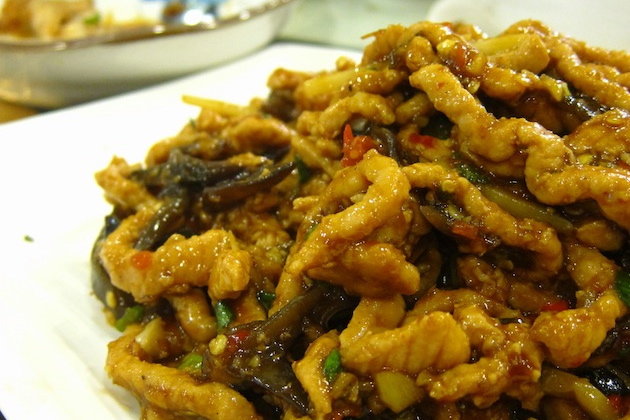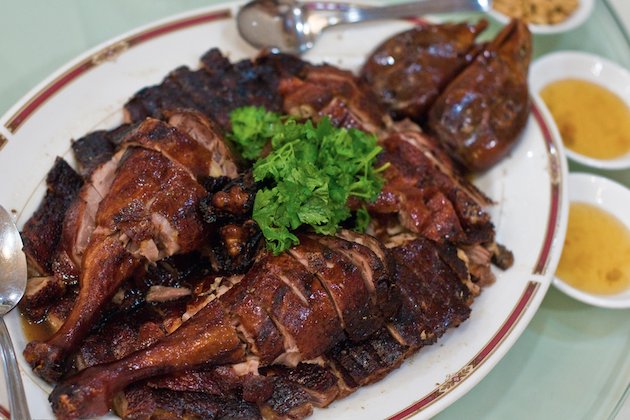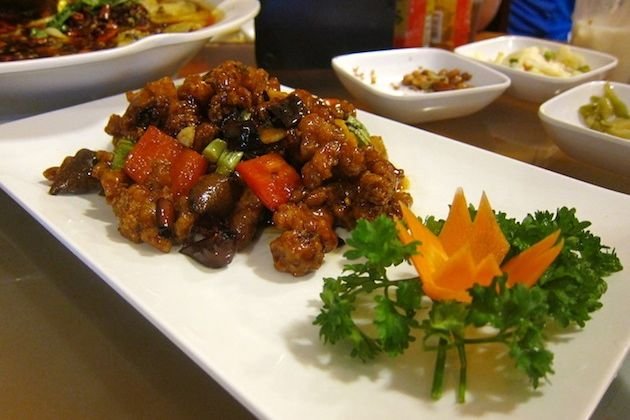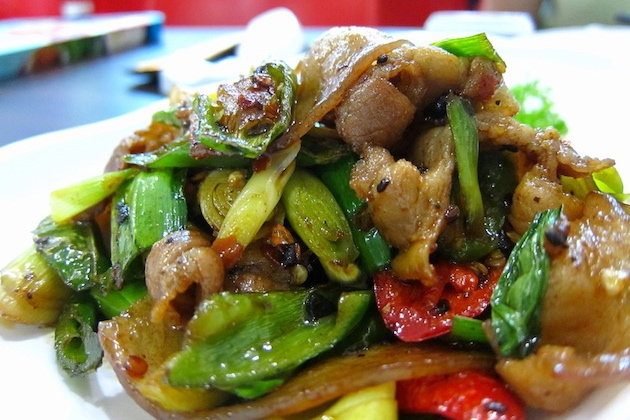
5 Sichuan Dishes, Easy On Heat
By Tiantianchi - Friday, Jul 26, 2013
Sichuan cuisine has taken Singapore by storm in recent years, starting with Ma La (numbing and spicy) hot pot and now even the mainstream cze char dishes have Sichuan influences. They have also crept into Chinese menus of all denominations.
It is probably the boldness and heavy flavours that match the spice loving Singaporeans’ palate, some are even addicted to the numbing sensation of Sichuan pepper. However, there are some gentle palates out there who have a penchant for milder Sichuan signatures.
Sichuan or Chuan Cuisine is composed of seven basic flavours and sensations: sour, pungent, spicy, sweet, bitter, aromatic and savoury, and it’s not always about extreme spiciness or numbing. Spicy flavour was only introduced to Sichuan food about 400 years ago when chilli pepper was brought to China from South America. It became a popular food flavouring there as the province has high humidity and chilli peppers are believed to dispel internal dampness. Originally, about one third of Sichuan dishes are non-spicy or are mildly spicy. Here are five:
Pork Belly with garlic sauce (Suan Ni Bai Rou 蒜泥白肉) is an easy to like dish. This is commonly served as a cold starter to a Sichuan meal, which consists of very thinly sliced poached pork belly that has been chilled then drenched in a garlicky sauce. The secrets to this dish are in the knife skills of the cook and the sauce. The slices of pork belly has to be as thin as possible, so it gives a good mouth feel, light and smooth with the layer of wobbly fat attached.

Every cook has his own secret sauce concoction. A good one can have as many as five to eight types of spices and herbs added into the soya sauce and chilli oil blend. It must have a good balance of fragrant, sweetness, savouriness with a hint of sourness from black vinegar. The crushed garlic must give enough sting but the pungency is well-masked.
The Northerners have their Peking duck, the Southerners love their roast duck and the Sichuan people take pride in their Camphor and Tea Smoked Duck (Zhang Cha Ya 樟茶鸭). A good tea smoked duck should have a crackling skin, tender and juicy meat with a prominent camphor and tea aroma that penetrates right into the meat.

Traditionally the duck after being smoked is steamed and then deep fried. The duck is also supposed to be served smashed up like what we do in Ayam Penyet. It is believed that the flavour will then be fully released when the bones are cracked. This style is rarely done in Singapore due to safety and aesthetic concern but we feel this is just excuses to cut cost and manpower time.
Chicken is another popular meat used in Sichuan cooking. There is the Gong Bao Chicken, Bang Bang Chicken, deep fried chicken with dried chilli and Sichuan pepper, plus the milder Deep Fried Chicken with dried orange peels (Chen Pi Ji 陈皮鸡). This is a rather well known dish in the West and they call it Orange Chicken or Tangerine Chicken but they make it nothing like the real McCoy. At best, it’s a feeble attempt at orange juiced sweet and sour chicken. Real dried orange peel is used and a diligently executed one will have the earthy citrus flavour infused in the chicken nuggets. Most recipes would call for some dried chillies, but it is used sparingly to give it a light bite.

Yu Xiang 鱼香 or fish fragrance is one of the styles in Sichuan cooking and is a common method in preparing fish dishes. The main seasoning is pickled chilli, supplemented with ginger, garlic, salt, vinegar and sugar. Yu Xiang Rou Shi (鱼香肉丝) is one of the most common dishes of this style. You should be able to find shredded pork, black fungus and julienned bamboo in this and it delivers a mildly spicy, sweet, sour and savoury taste. This is a great dish to go with rice. The same method can be used to cook with eggplant and minced meat (鱼香茄子).

Twice Cooked Meat (Hui Guo Rou 回锅肉) is the most popular household dish in Sichuan. Every self-respecting Sichuan housewife is expected to be able to make a good version. It is known as twice cooked because the thinly sliced meat (usually pork belly) is first simmered in aromatics such as star anise, ginger, garlic, and Chinese wine to remove any gaminess as well as to flavour it. It is then stir-fried with seasonings of broad bean chilli paste and fermented black bean. Usually Chinese leeks and green bell peppers are added. A well-made Hui Guo Rou should not taste greasy but it must have the flavour of the fats. There should be a crunch in the bite and the beany flavour has to be prominent yet not overwhelming. A seemingly easy to cook dish that’s difficult to master.



